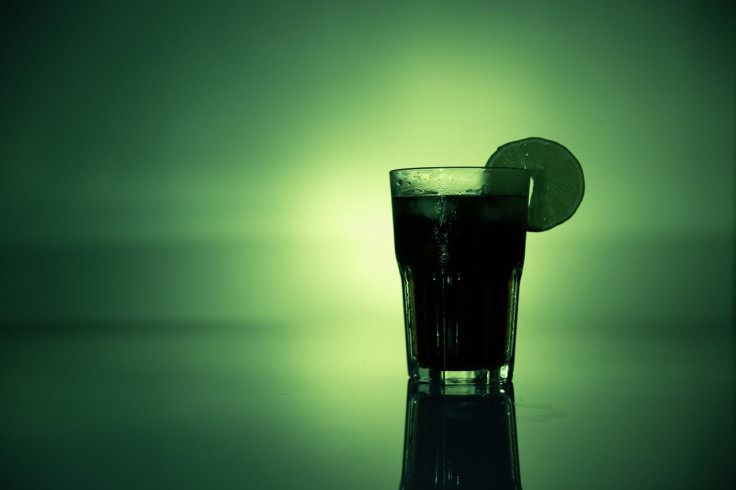What Causes Alcoholism? Malfunctioning Enzyme Leads People To Binge Drink More Than Others

The brain is filled with nerve cells tasked with keeping us going. These cells and the neurotransmitters they release are responsible for everything our body does — they allow the brain to tell our heart to beat, our feet to walk, and our mouths to talk. They can also affect mood, sleep, and thoughts. It’s obvious, then, that their activity would have an effect on addictive behaviors and cravings, but how exactly addiction works has not been fully resolved.
We may be one step closer, however, thanks to a new study by scientists at Stanford University of Medicine. A team of researchers has identified a hormone, ALDH1a1, that may change the reward system of the brain, turning a person into an alcoholic.
The Reward Circuit And GABA
The brain’s reward circuit is a network of nerve cells and connections that are heavily involved in motivation and motion. It offers pleasurable sensations as a reward for things like eating, sex, and social interaction. Fueled by dopamine, this circuit is also key to addictive behaviors involving drugs or alcohol.
It was long assumed that specific nerve cells could only release a single type of neurotransmitter, but a study recently demonstrated that dopamine-producing cells can also produce other types of neurotransmitters. One of these additional neurotransmitters is called GABA, which is an inhibitory transmitter in the brain. “We wondered what GABA was doing there,” said Dr. Jun Ding, assistant professor of neurology at the Stanford University School of Medicine and lead author of the study, in a press release. “Why does one nerve cell need two neurotransmitters?”
Ding also wanted to know why not everyone gets addicted to things, despite encountering endless reward-inducing situations every day.
The team first tried to understand GABA’s influence on addiction by blocking its production and testing only dopamine-producing cells in the brains of mice. To their surprise, these methods, which were tried-and-true in the lab, did not reduce GABA levels in the cells or the nearby cells. Ding looked through literature and discovered that plants can also produce GABA via a biochemical assembly line that is very separate from the previously known one our brain uses. The group of enzymes involved in this, aldehyde dehydrogenases, are better known for their involvement in breaking down alcohol. Ding identified the specific cell responsible as ALDH1a1.
The Root Of The Problem
The team went back to the lab and managed to impair ALDH1a1 activity in mice, which, as they had hoped, caused GABA levels in dopamine-producing nerve cells to drop. The same thing happened in mice that were given large amounts of alcohol. The mice with ALDH1a1 deficiency showed the same increased alcohol preference and intake as the “binge drinker” mice.
Ding said he believes mutations in ALDH1a1 may predispose some individuals to alcoholism because a “brake” is disabled in the reward system — GABA’s co-release with dopamine is normally what keeps everyday pleasurable sensations from becoming addictive behaviors.
Our current medications for alcoholism have mixed results at best. The substances prescribed work to induce unpleasant side effects of consuming alcohol, like nausea, vomiting, shortness of breath, and headaches. These drugs do not reduce cravings for alcohol, though, so those suffering from alcoholism still feel a strong urge to drink.
The previously unknown importance of ALDH1a1 in the brain’s reward circuit could open many doors for future research on halting cravings. The lab is now looking to see if similar molecular mechanisms are behind other forms of addiction as well.
Source: Ding J, Kim J, Ganesan S, Luo S, Wu Y, Park E, et al. Aldehyde Dehydrogenase 1a1 Mediates A GABA Synthesis Pathway In Midbrain Dopaminergic Neurons. Neurotransmission. 2015.



























